Recommended sushi restaurants in Miyagi, Japan
-

Sushi Kitchen Uonobu
Sushi restaurant in Miyagi [SUSHILIVE comment] -


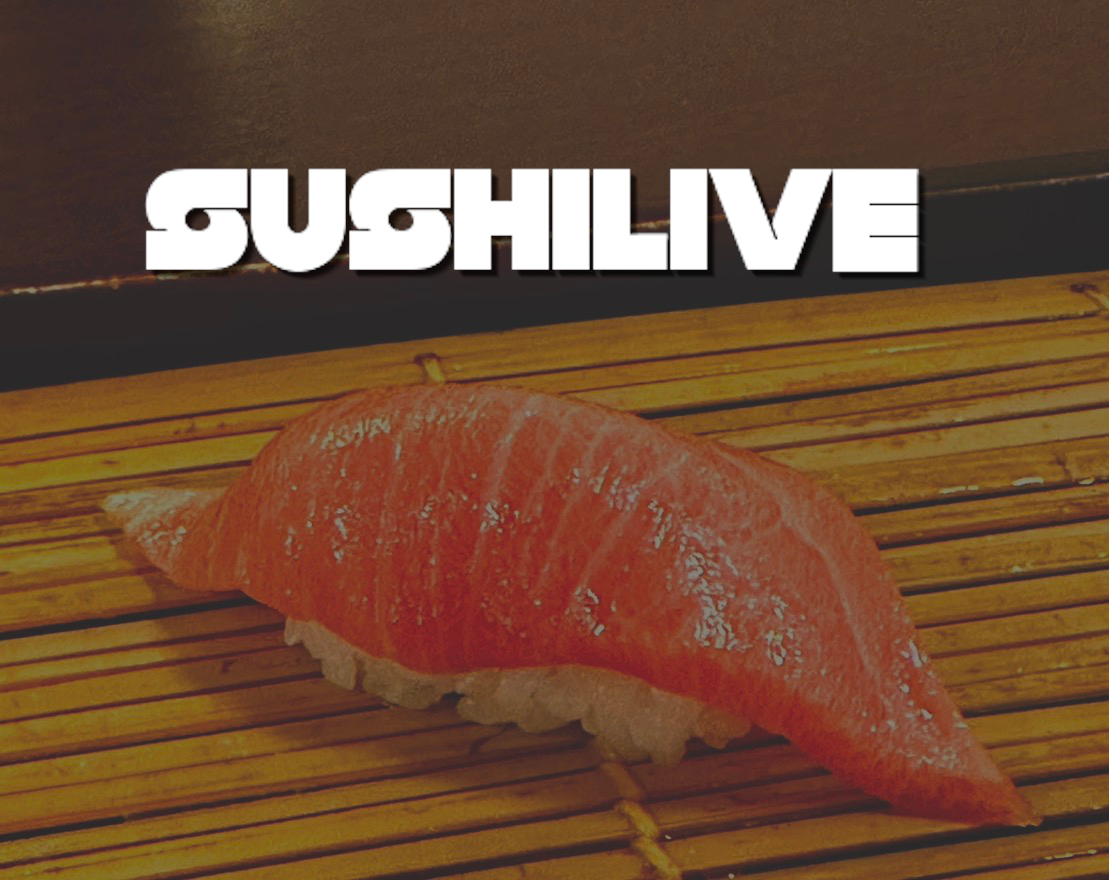
Yogoro Sushi Head Office
Sushi restaurant in Miyagi [SUSHILIVE comment] -



Datenari – Japanese Black Beef Cutlet
Sushi restaurant in Miyagi [SUSHILIVE comment] -



Sushi Bar Akari Kokubuncho
Sushi restaurant in Miyagi [SUSHILIVE comment] -



Homemade Japanese Cuisine Tsugumi
Sushi restaurant in Miyagi [SUSHILIVE comment] -



Hana-no-Mai BiVi Sendai Station East Exit Store
Sushi restaurant in Miyagi [SUSHILIVE comment] -



Umai Sushikan, Nakakecho Branch
Sushi restaurant in Miyagi [SUSHILIVE comment] -



Sohonke Yamakou
Sushi restaurant in Miyagi [SUSHILIVE comment] -



Sushi Yutaka
Sushi restaurant in Miyagi [SUSHILIVE comment] -



Sushi Tofuro Sendai East Exit Branch
Sushi restaurant in Miyagi [SUSHILIVE comment] -



Japanese and Sake ROSETO
Sushi restaurant in Miyagi [SUSHILIVE comment] -



in Qing times, refers to the Northern Song dynasty
Sushi restaurant in Miyagi [SUSHILIVE comment] -



Nigiri no Tokubei Sendai Ekimae Store
Sushi restaurant in Miyagi [SUSHILIVE comment] -



Popular Sushi Bar Fujiko Omachi
Sushi restaurant in Miyagi [SUSHILIVE comment] -



KIRARARA SUSHI Hakotsutsumi Branch
Sushi restaurant in Miyagi [SUSHILIVE comment] -



Umaizushi Kan Miyaginohara Branch
Sushi restaurant in Miyagi [SUSHILIVE comment] -



Uobei Across Plaza Tomizawanishi
Sushi restaurant in Miyagi [SUSHILIVE comment] -



Muzoe Kurarazushi Natori
Sushi restaurant in Miyagi [SUSHILIVE comment] -



Kyotaru Sendai S-Pal
Sushi restaurant in Miyagi [SUSHILIVE comment] -



Sushi Yonekura
Sushi restaurant in Miyagi [SUSHILIVE comment] -



Umaizushi Kan Nagamachi The Mall
Sushi restaurant in Miyagi [SUSHILIVE comment] -



Sushi Kifuku
Sushi restaurant in Miyagi [SUSHILIVE comment] -



Sendai Nadaman
Sushi restaurant in Miyagi [SUSHILIVE comment] -



Asahi Sushi Sendai Station
Sushi restaurant in Miyagi [SUSHILIVE comment] -



Sendai Heijo Sendai Mitsukoshi
Sushi restaurant in Miyagi [SUSHILIVE comment] -



Kouya Kokubuncho
Sushi restaurant in Miyagi [SUSHILIVE comment] -



笹鮨
Sushi restaurant in Miyagi [SUSHILIVE comment] -



Kouya Sendai Eki-naka Sushi Street
Sushi restaurant in Miyagi [SUSHILIVE comment] -



Sushi Getaway Sendai Aoba Kokubuncho
Sushi restaurant in Miyagi [SUSHILIVE comment] -



sushi Yoshi
Sushi restaurant in Miyagi [SUSHILIVE comment]
Recommended conveyor belt sushi restaurants in Miyagi, Japan
-


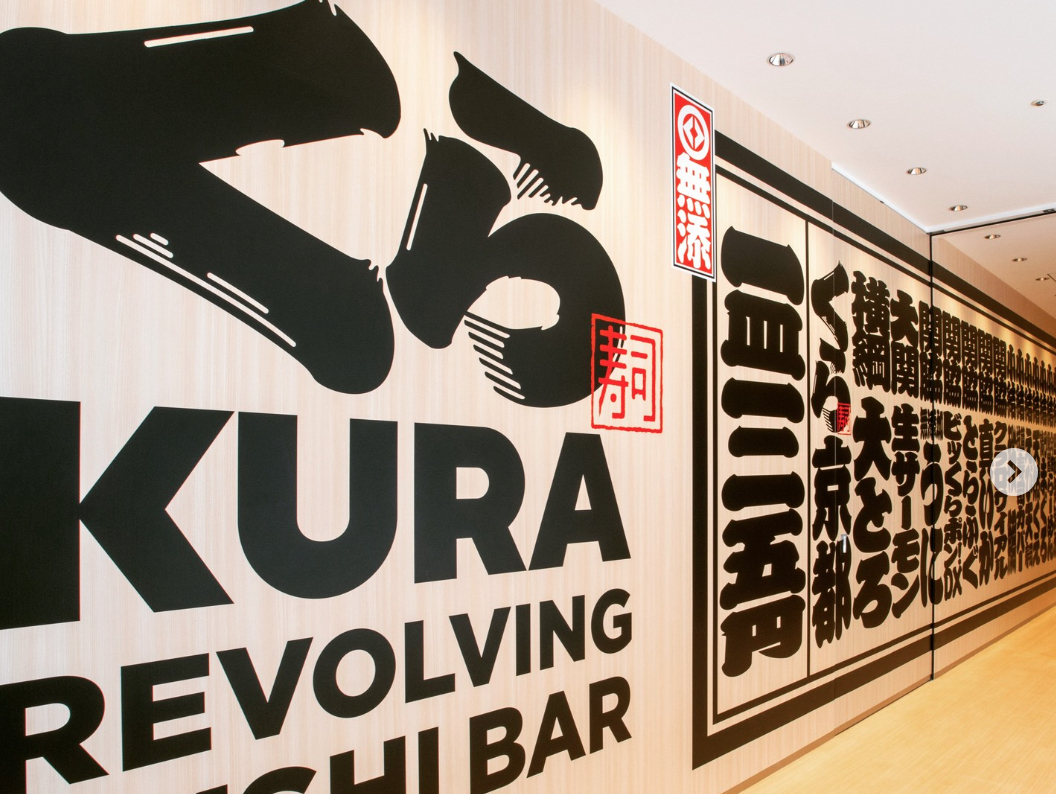
Kura Sushi Sendai Nakano-Sakae Store
Sushi restaurant in Miyagi [SUSHILIVE comment] -


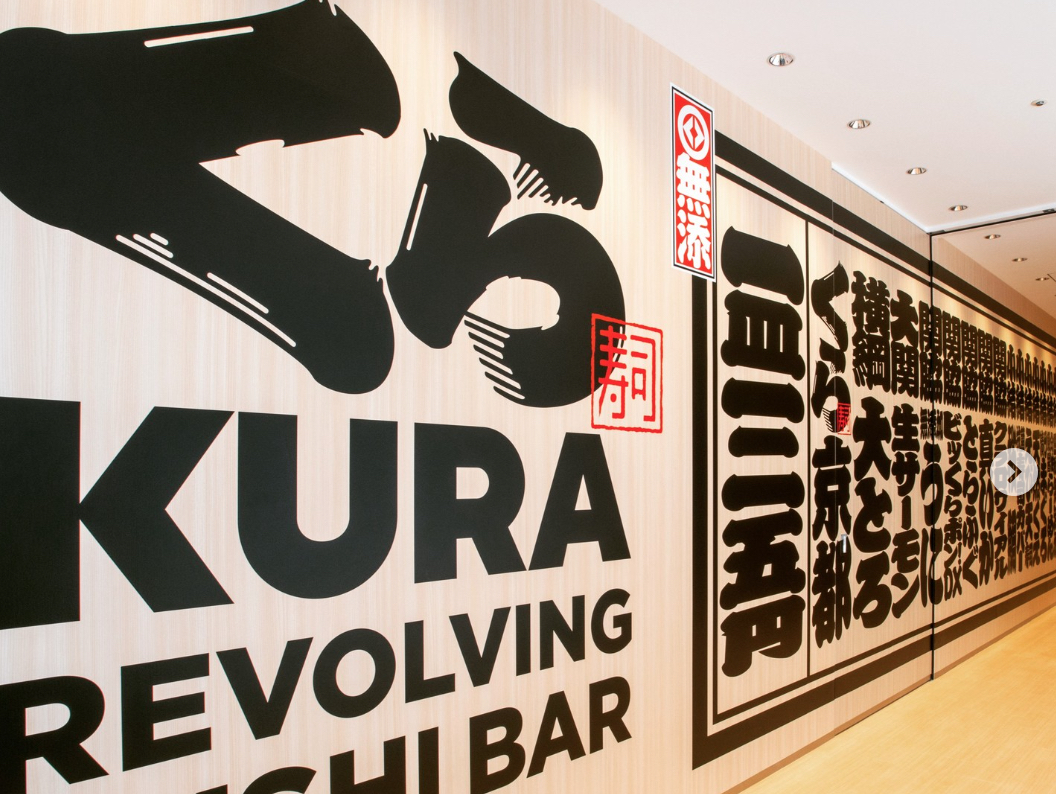
Kura Sushi Sendai Izumi Store
Sushi restaurant in Miyagi [SUSHILIVE comment] -


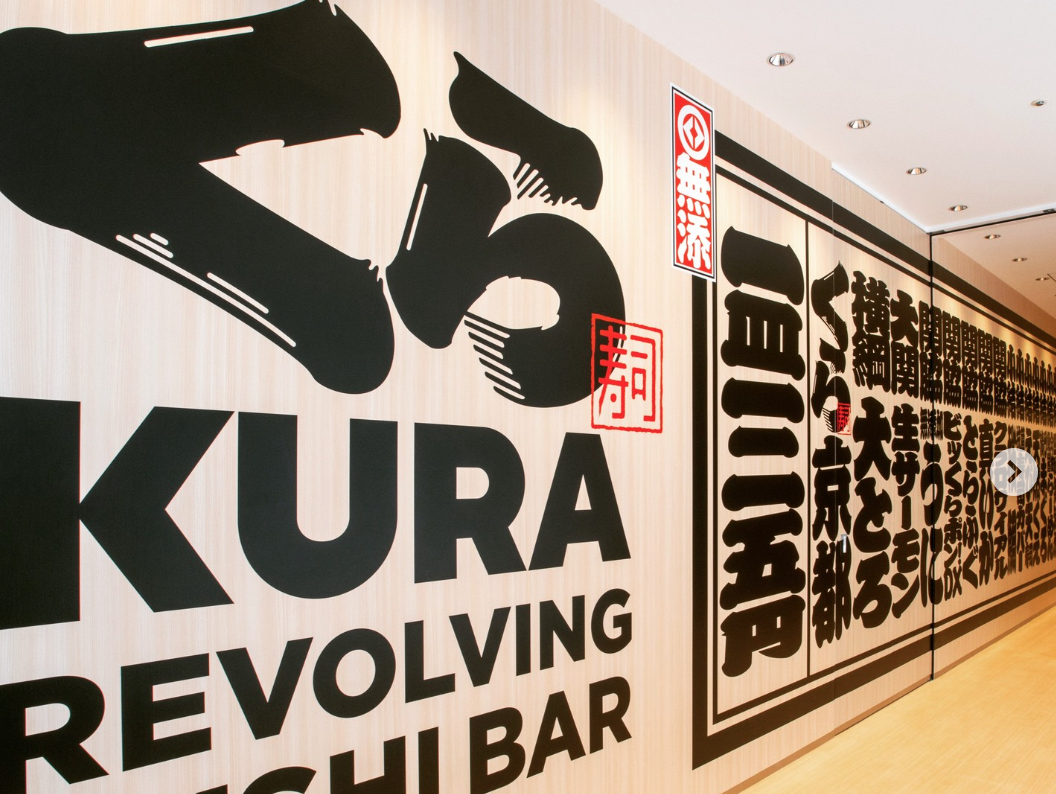
Kura Sushi Asuto Nagamachi Store
Sushi restaurant in Miyagi [SUSHILIVE comment] -


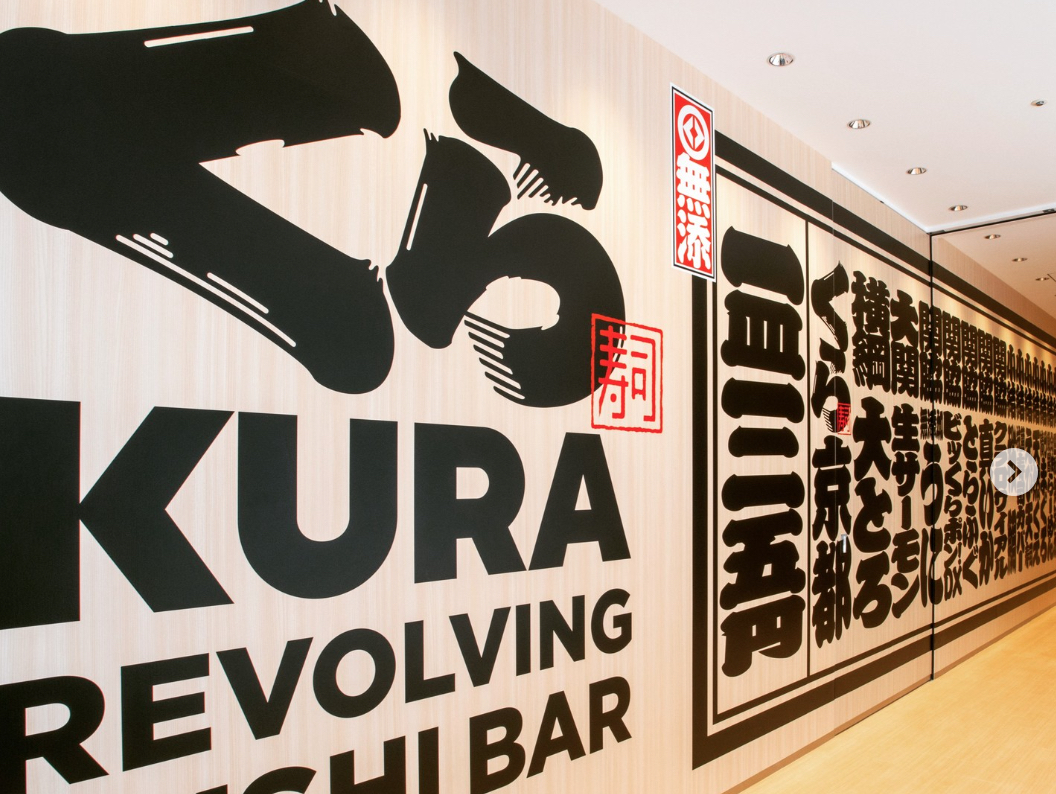
Kura Sushi lit. nametake store
Sushi restaurant in Miyagi [SUSHILIVE comment] -


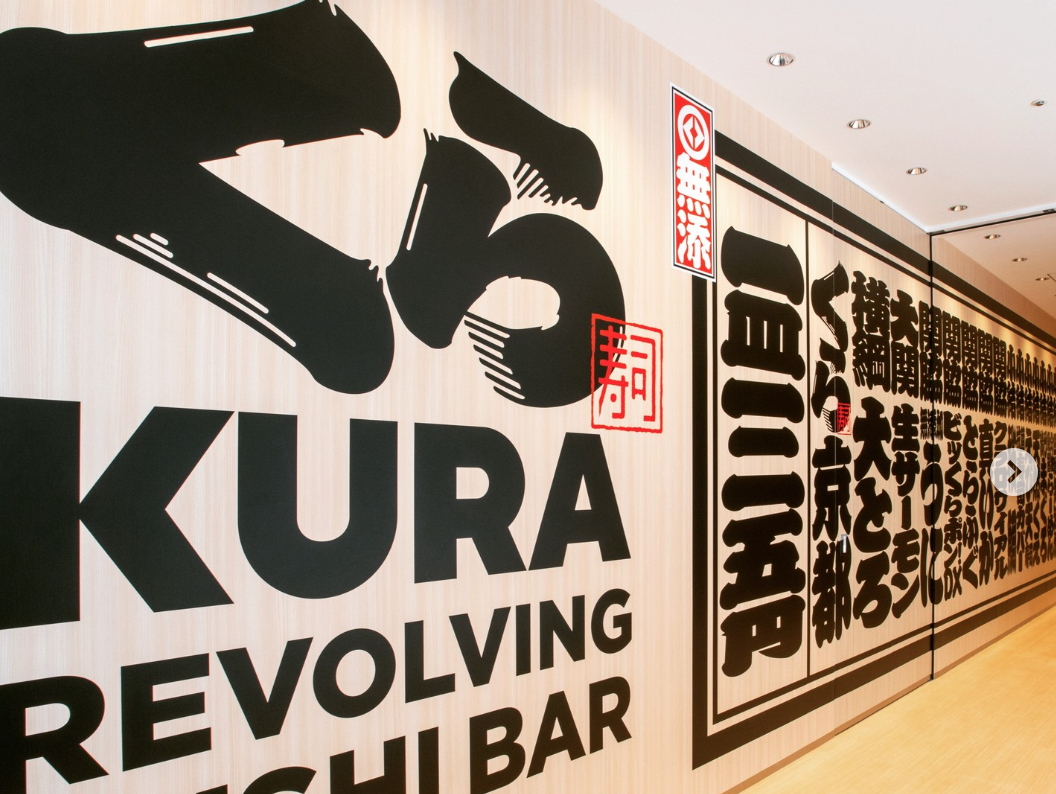
Kura Sushi Sendai Mizunomori Store
Sushi restaurant in Miyagi [SUSHILIVE comment] -


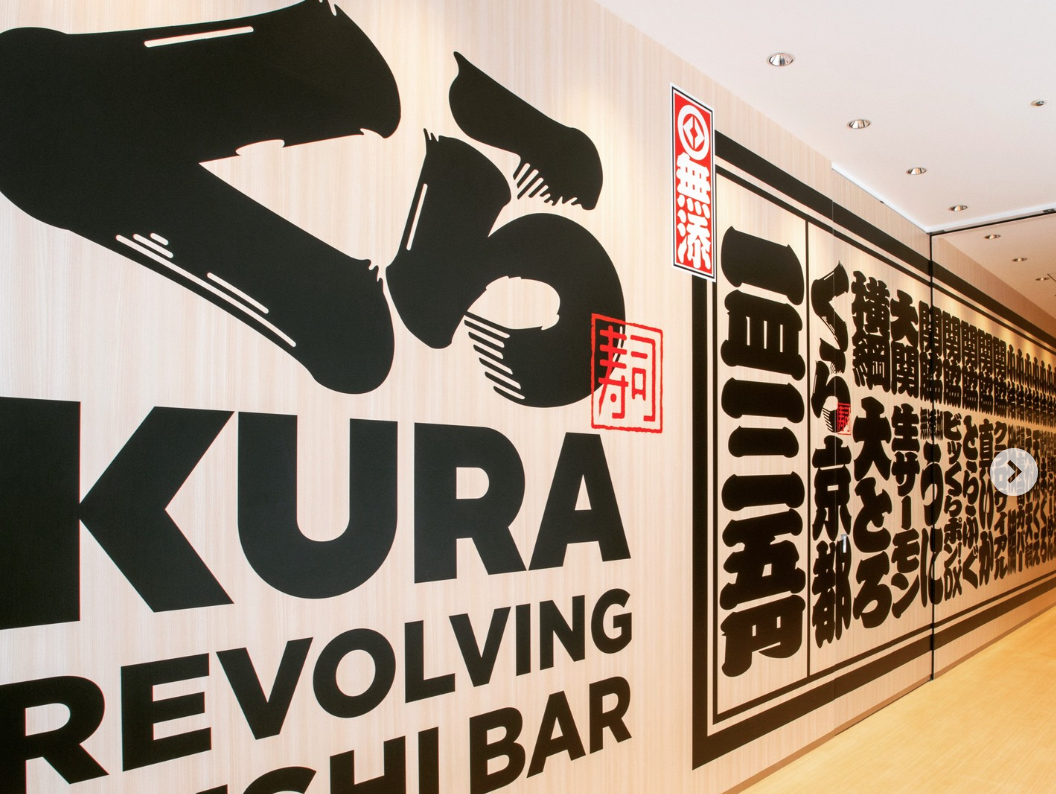
Kura Sushi Nitori Sendai Nishitaga
Sushi restaurant in Miyagi [SUSHILIVE comment] -


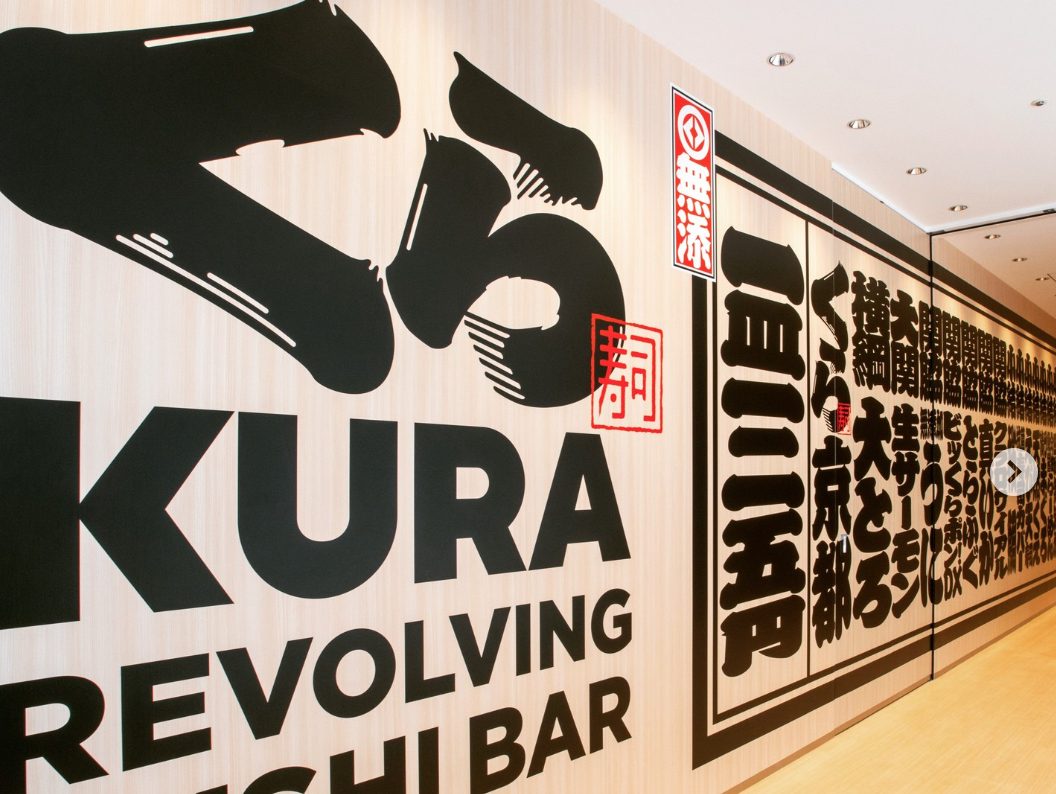
Kura Sushi Nitori Rifu
Sushi restaurant in Miyagi [SUSHILIVE comment] -



Kura Sushi Nitori Furukawa-minami
Sushi restaurant in Miyagi [SUSHILIVE comment] -


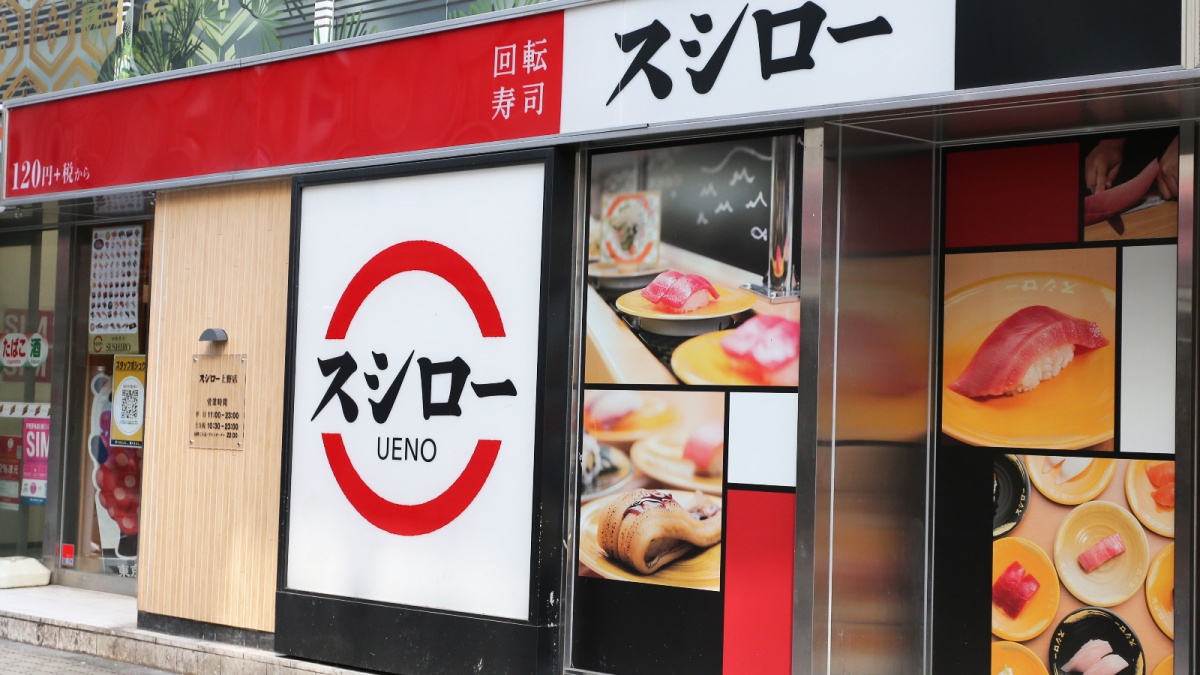
Sushiro Ishinomaki
Sushi restaurant in Miyagi [SUSHILIVE comment] -


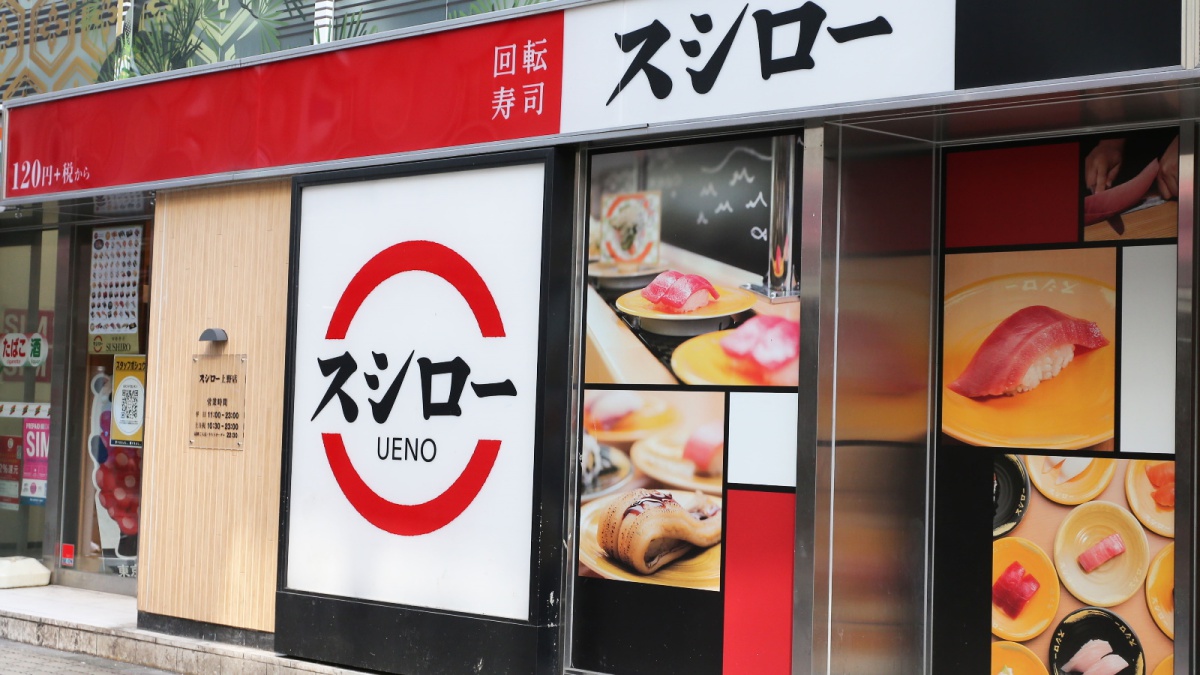
Sushiro Asuto Nagamachi
Sushi restaurant in Miyagi [SUSHILIVE comment] -


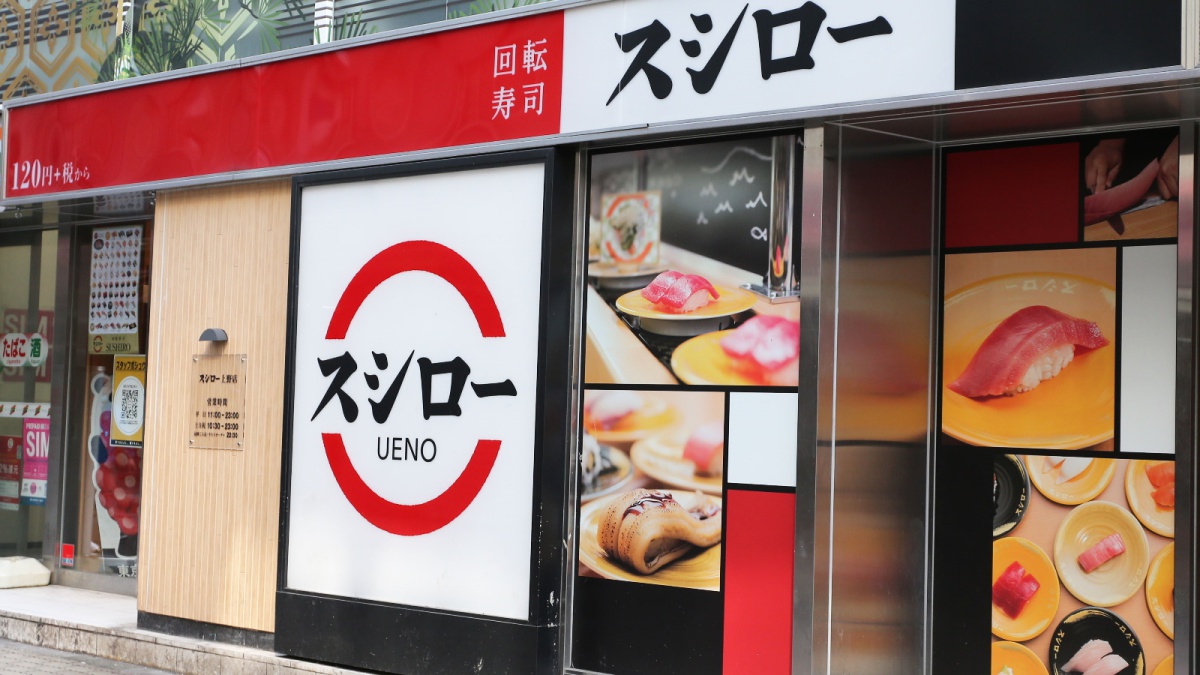
Sushiro Sendai Nakayama
Sushi restaurant in Miyagi [SUSHILIVE comment] -


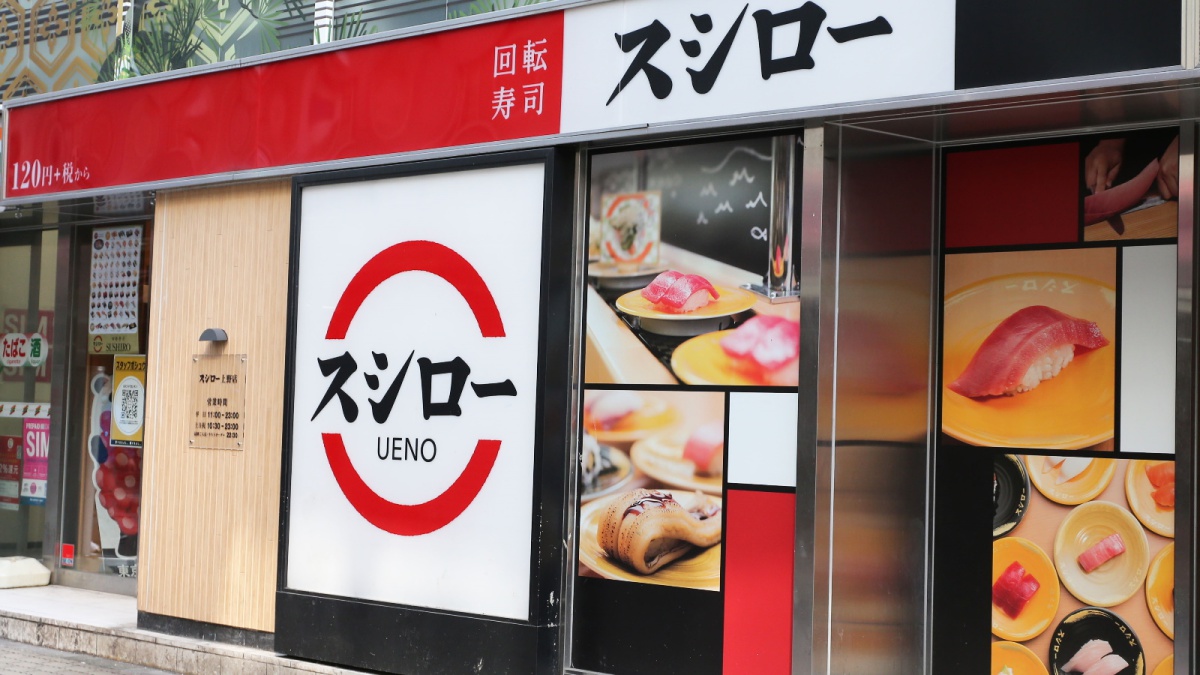
Sushiro Sendai Matsumori
Sushi restaurant in Miyagi [SUSHILIVE comment] -


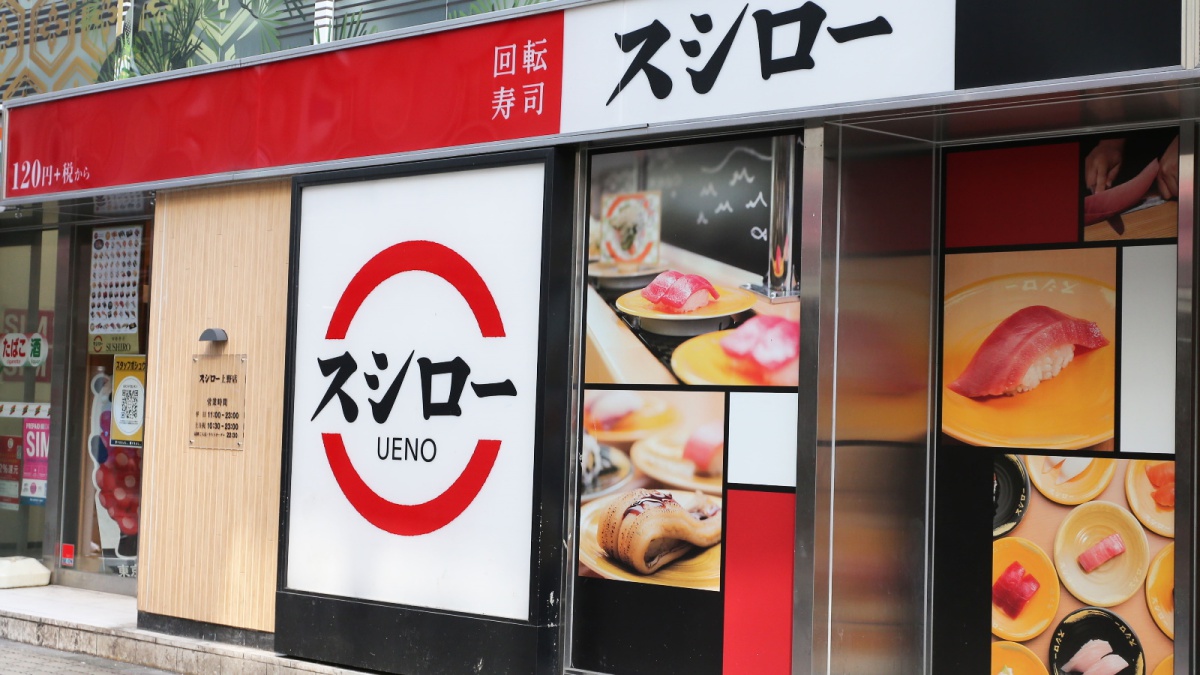
Sushiro AEON Tagajo
Sushi restaurant in Miyagi [SUSHILIVE comment] -


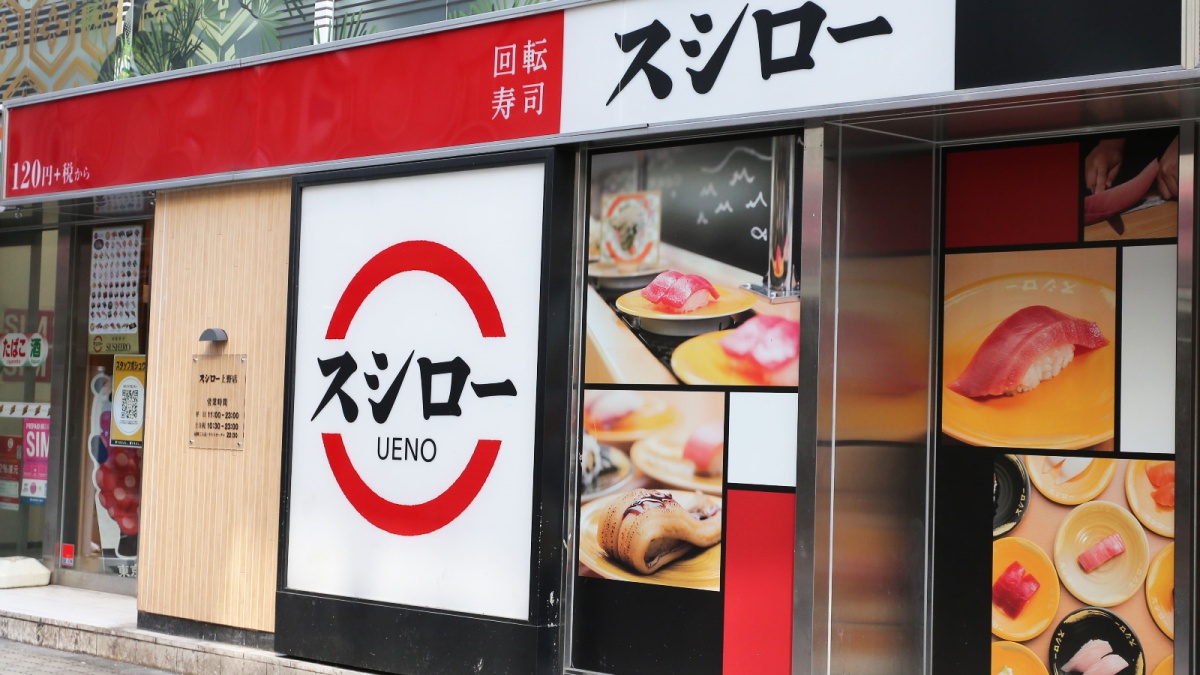
Sushiro Sendai Ichibancho Store
Sushi restaurant in Miyagi [SUSHILIVE comment] -


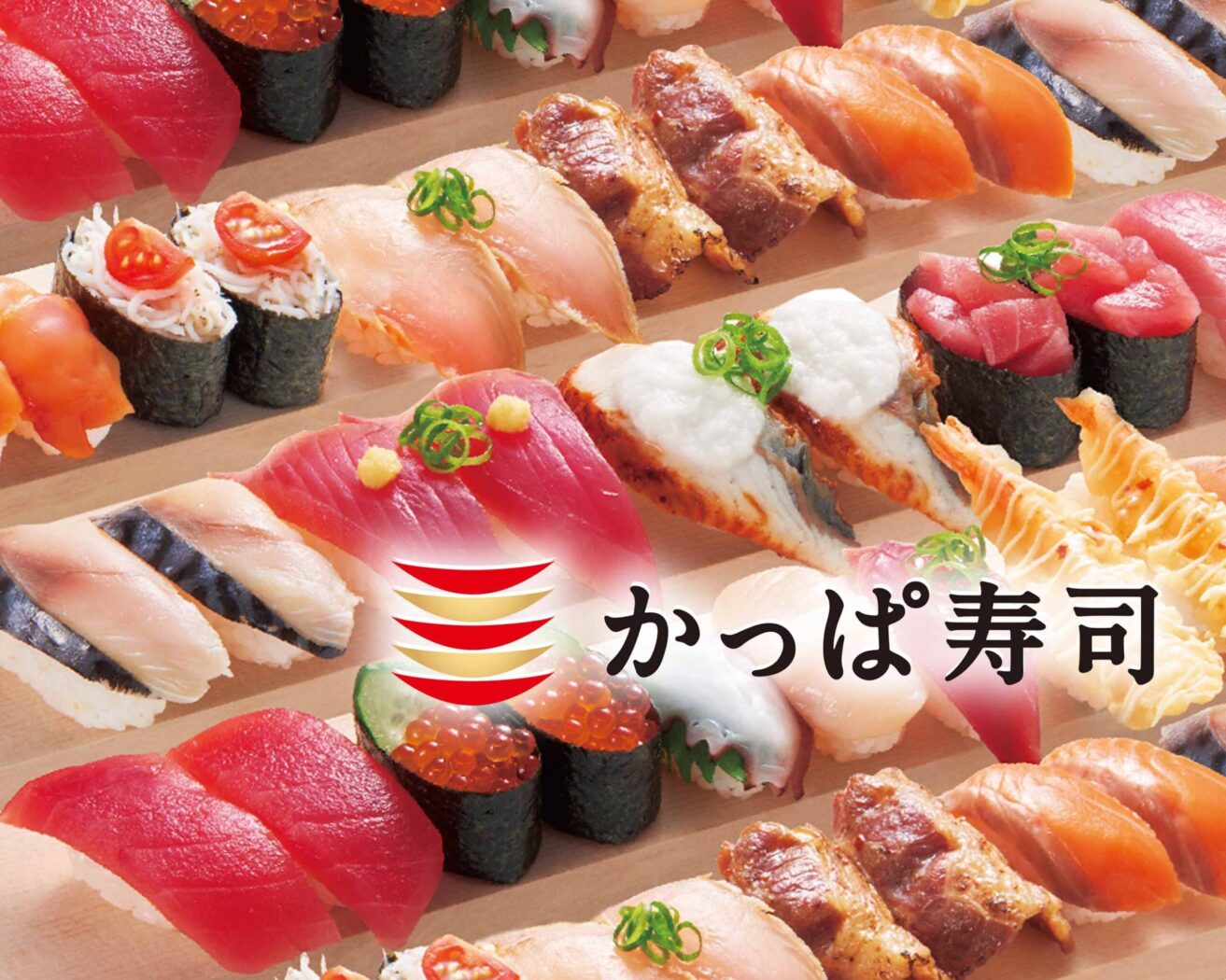
Kappa sushi lit. nametake store
Sushi restaurant in Miyagi [SUSHILIVE comment] -


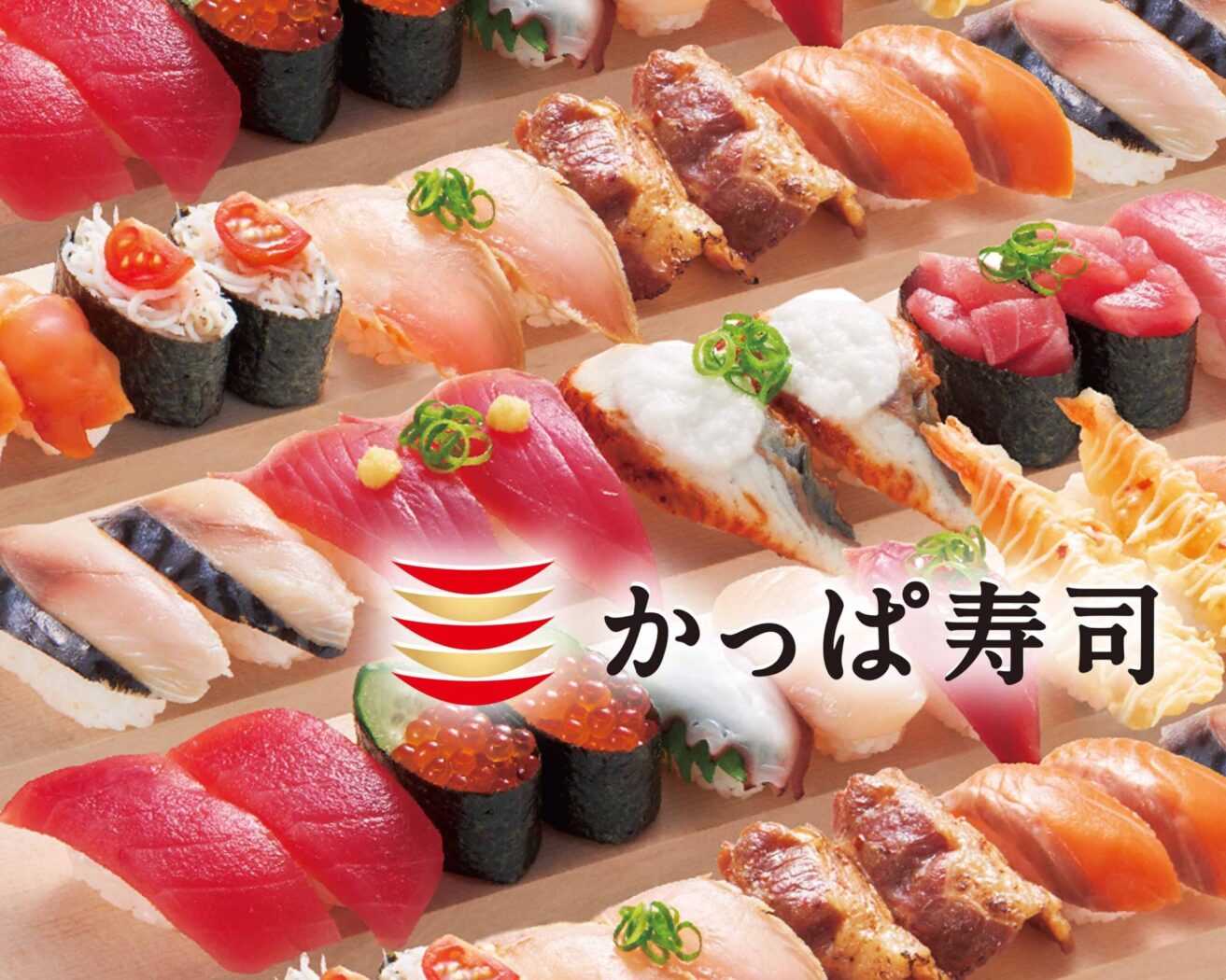
Kappa sushi Izumi Bypass
Sushi restaurant in Miyagi [SUSHILIVE comment] -


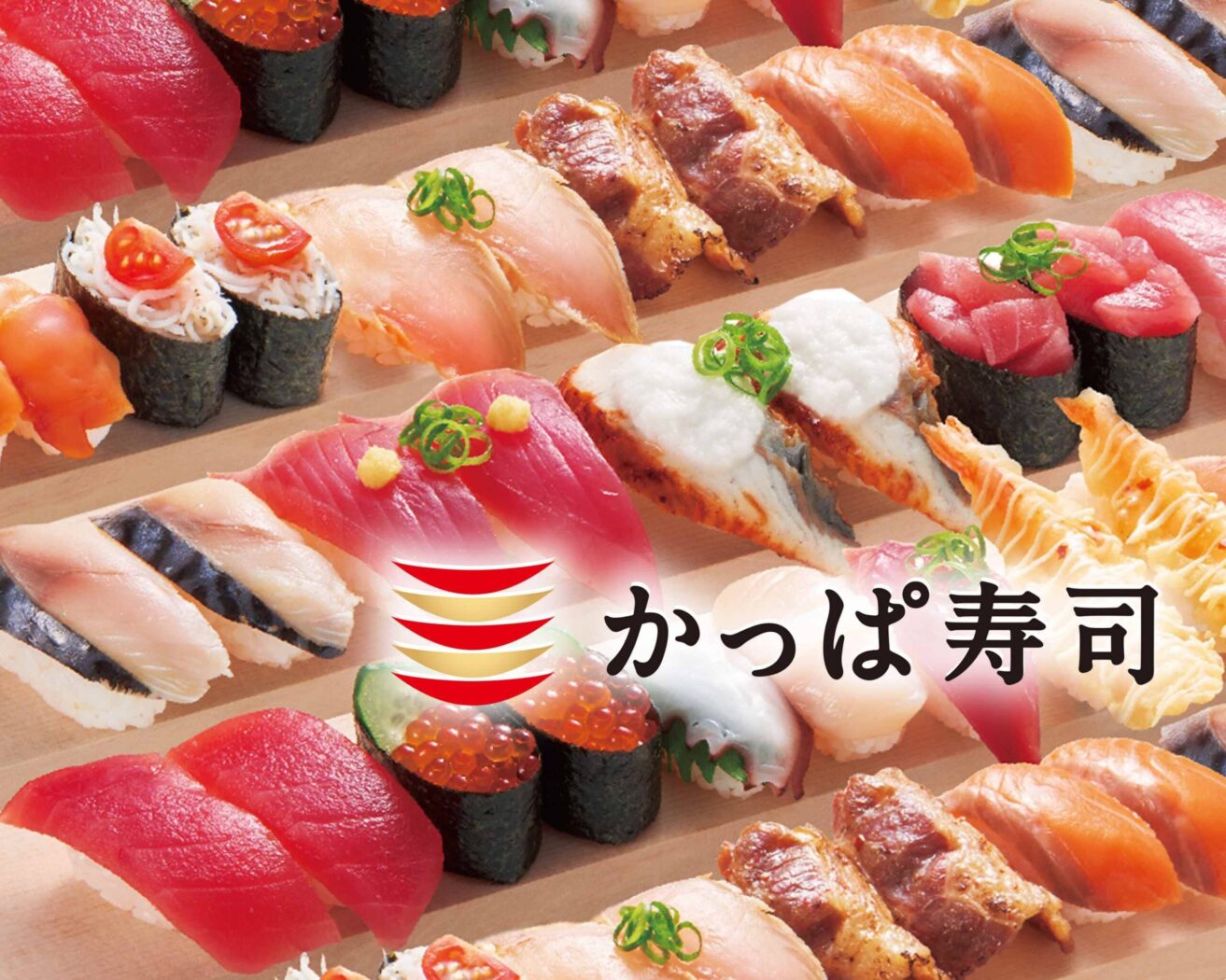
Kappa sushi Sendai Nakano-Sakae Store
Sushi restaurant in Miyagi [SUSHILIVE comment] -


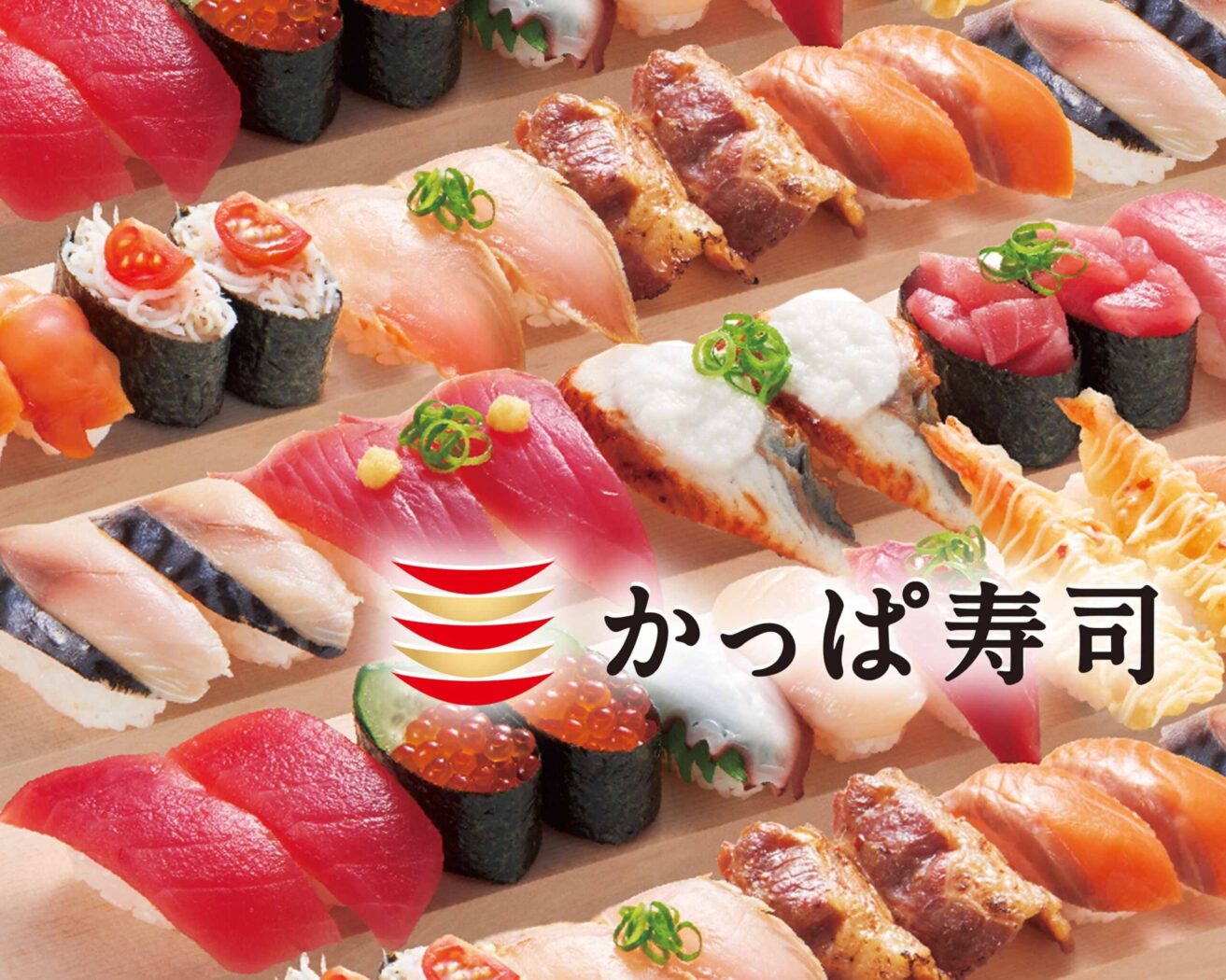
Kappa sushi Sendai Nagamachi Store
Sushi restaurant in Miyagi [SUSHILIVE comment] -


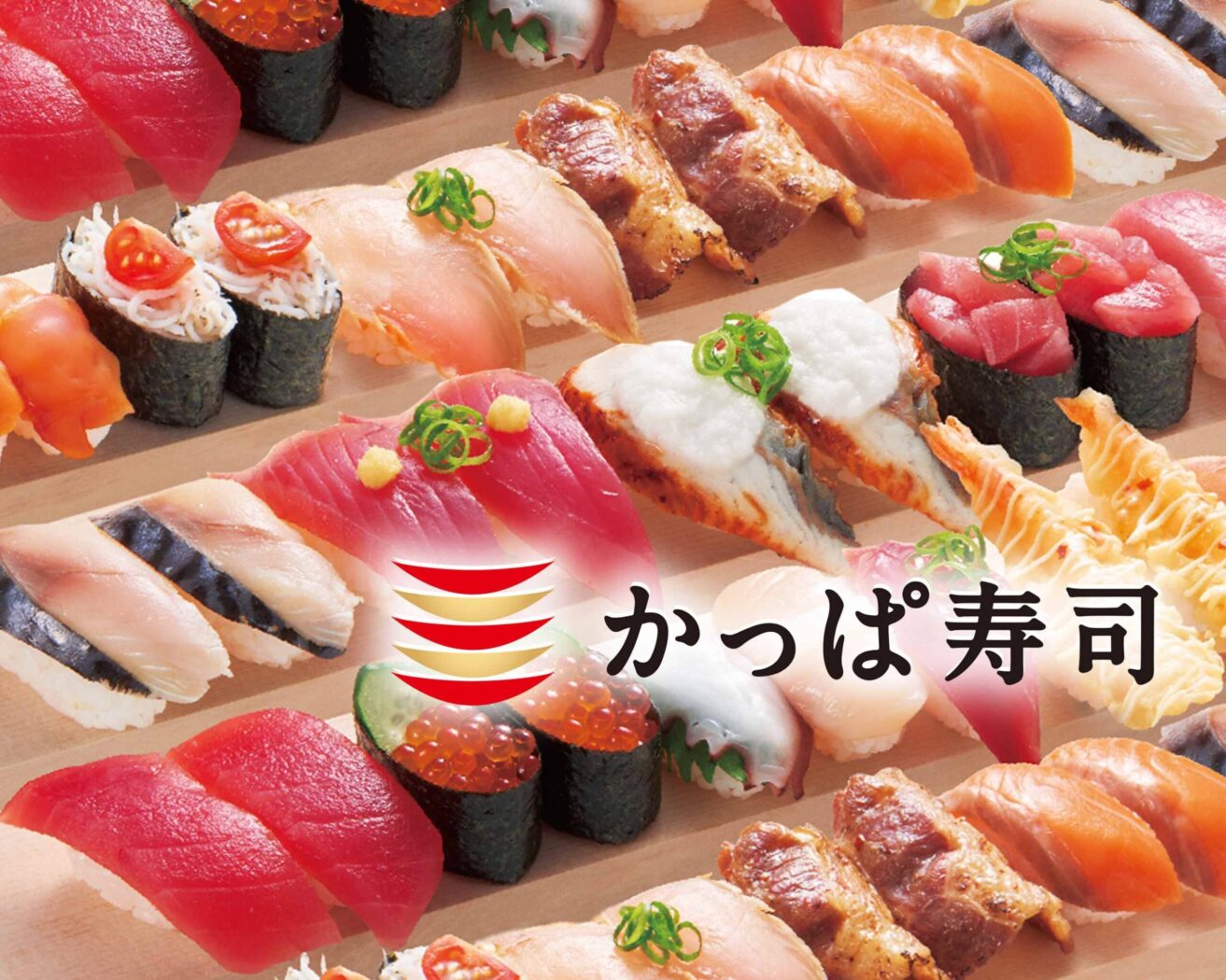
Kappa sushi Nitori Furukawa
Sushi restaurant in Miyagi [SUSHILIVE comment] -



Kappa sushi Ishinomaki Store
Sushi restaurant in Miyagi [SUSHILIVE comment] -


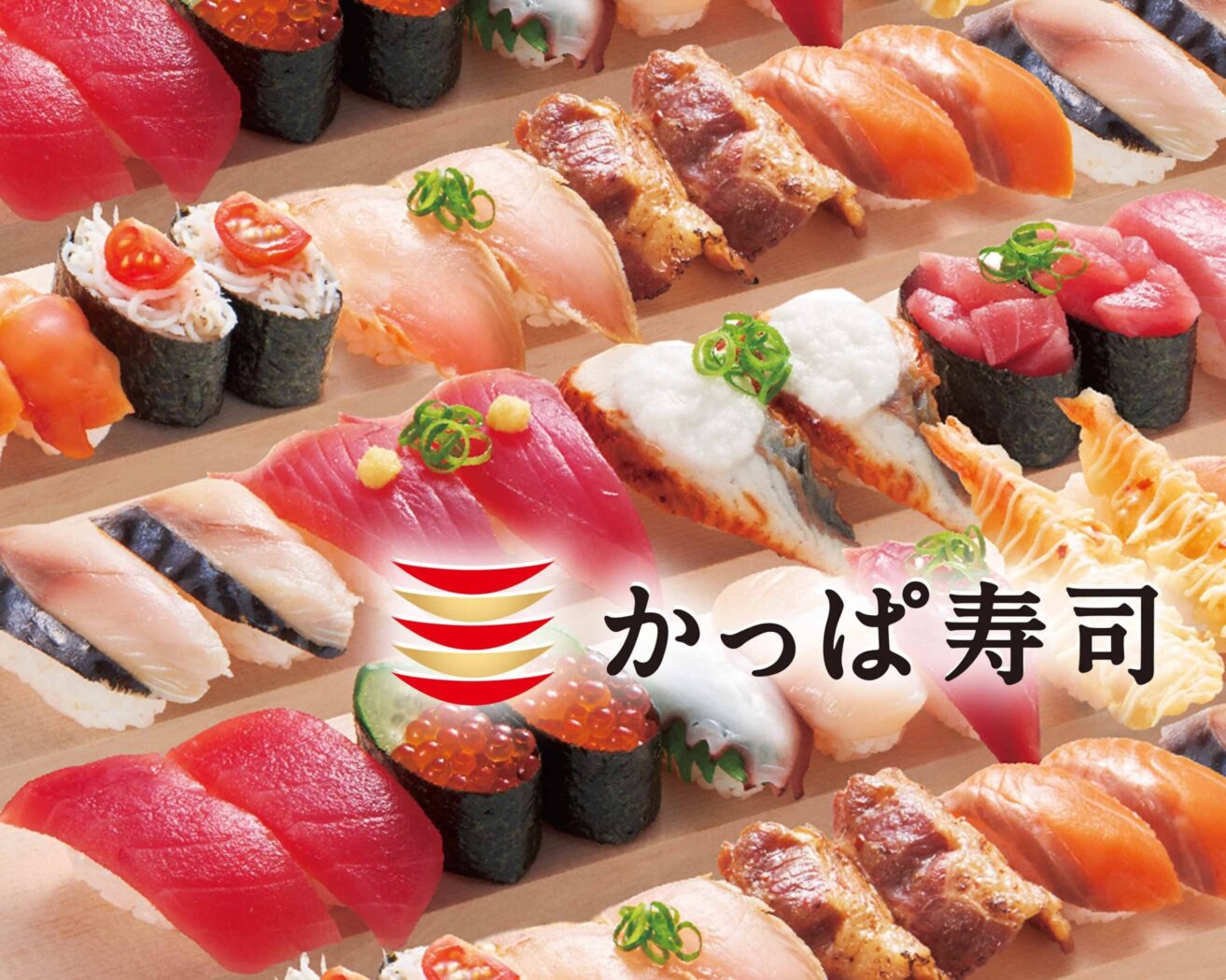
Kappa sushi Nitori Okawara
Sushi restaurant in Miyagi [SUSHILIVE comment] -


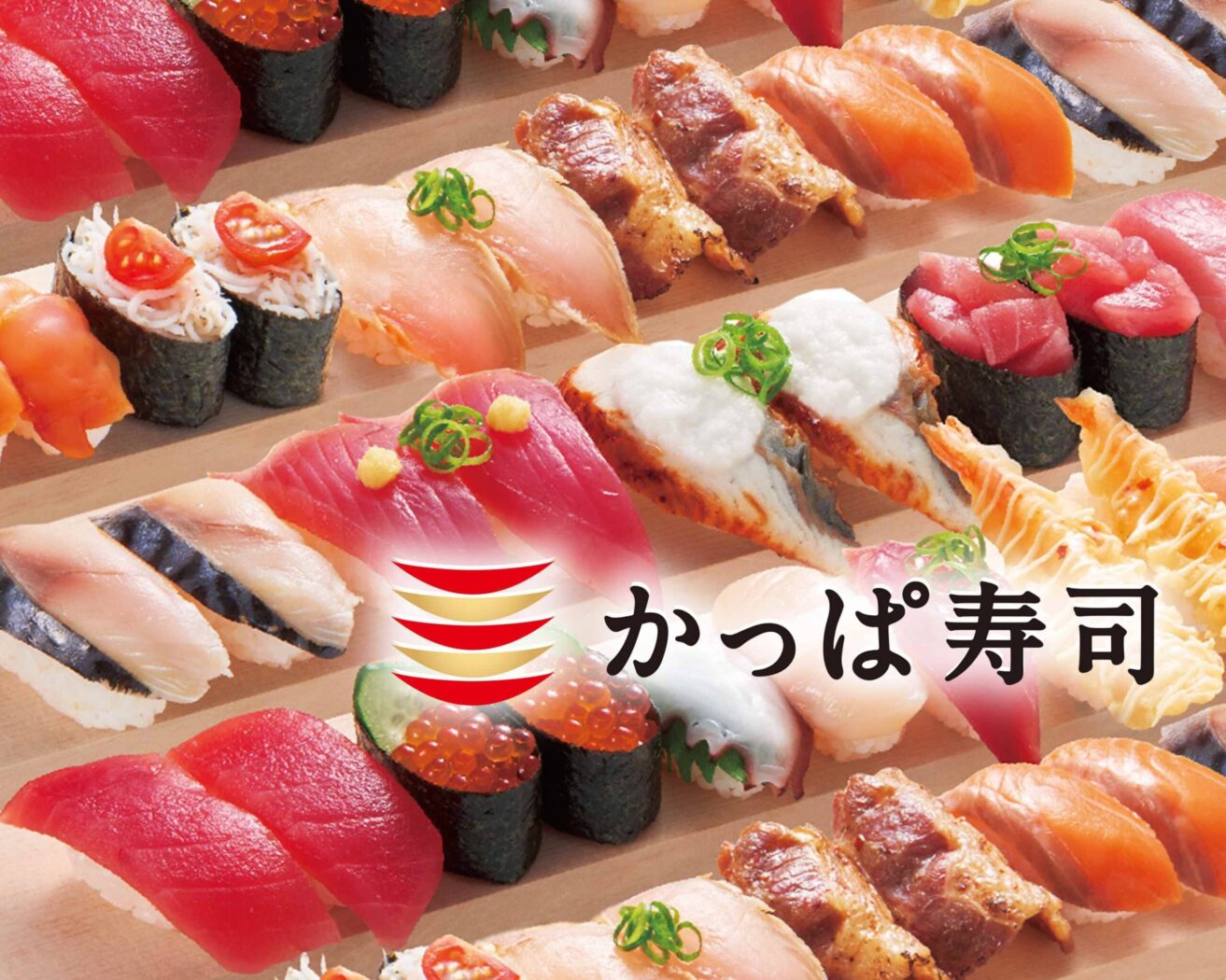
Kappa sushi Sanuma Store
Sushi restaurant in Miyagi [SUSHILIVE comment] -


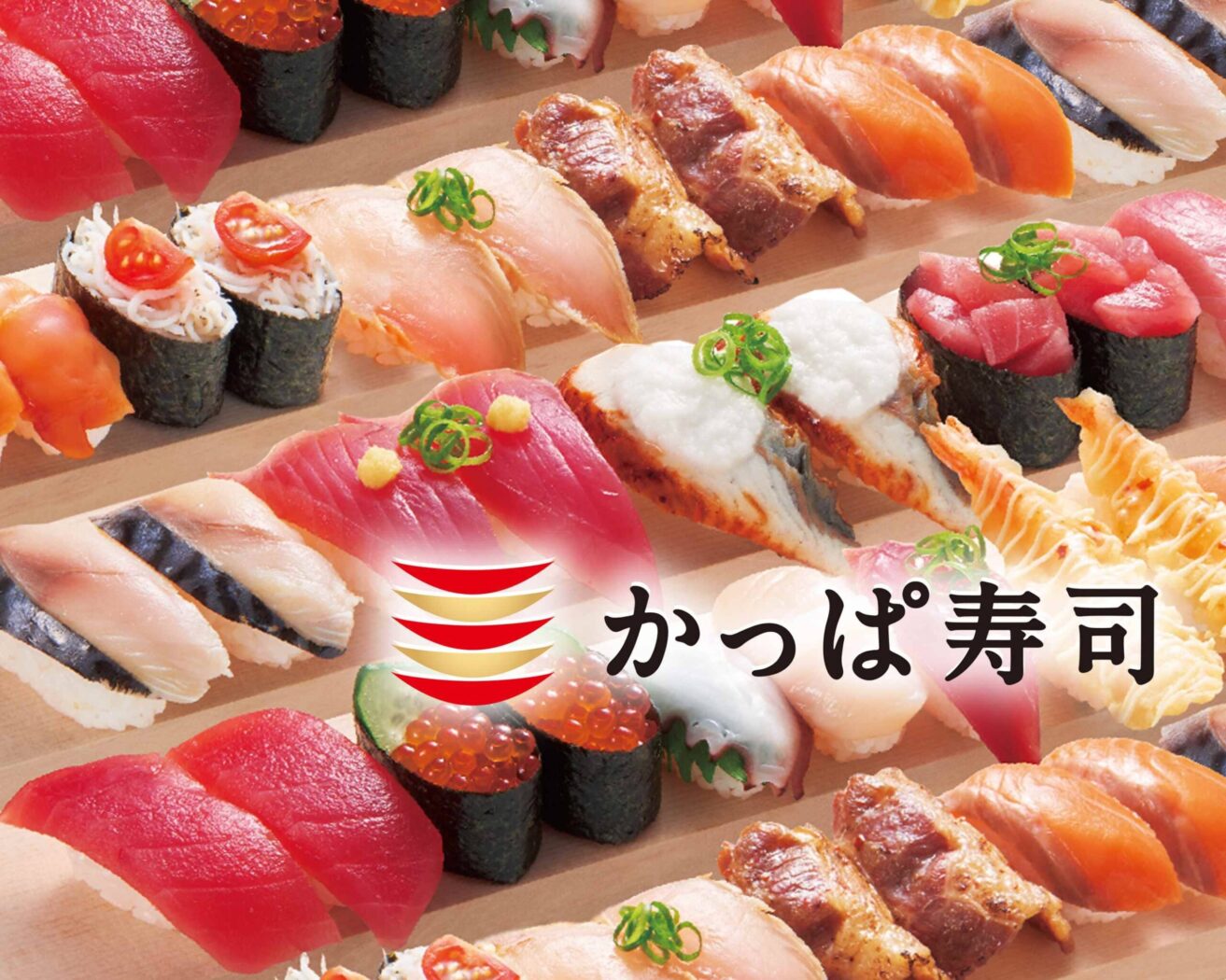
Kappa sushi Kesennuma Store
Sushi restaurant in Miyagi [SUSHILIVE comment] -


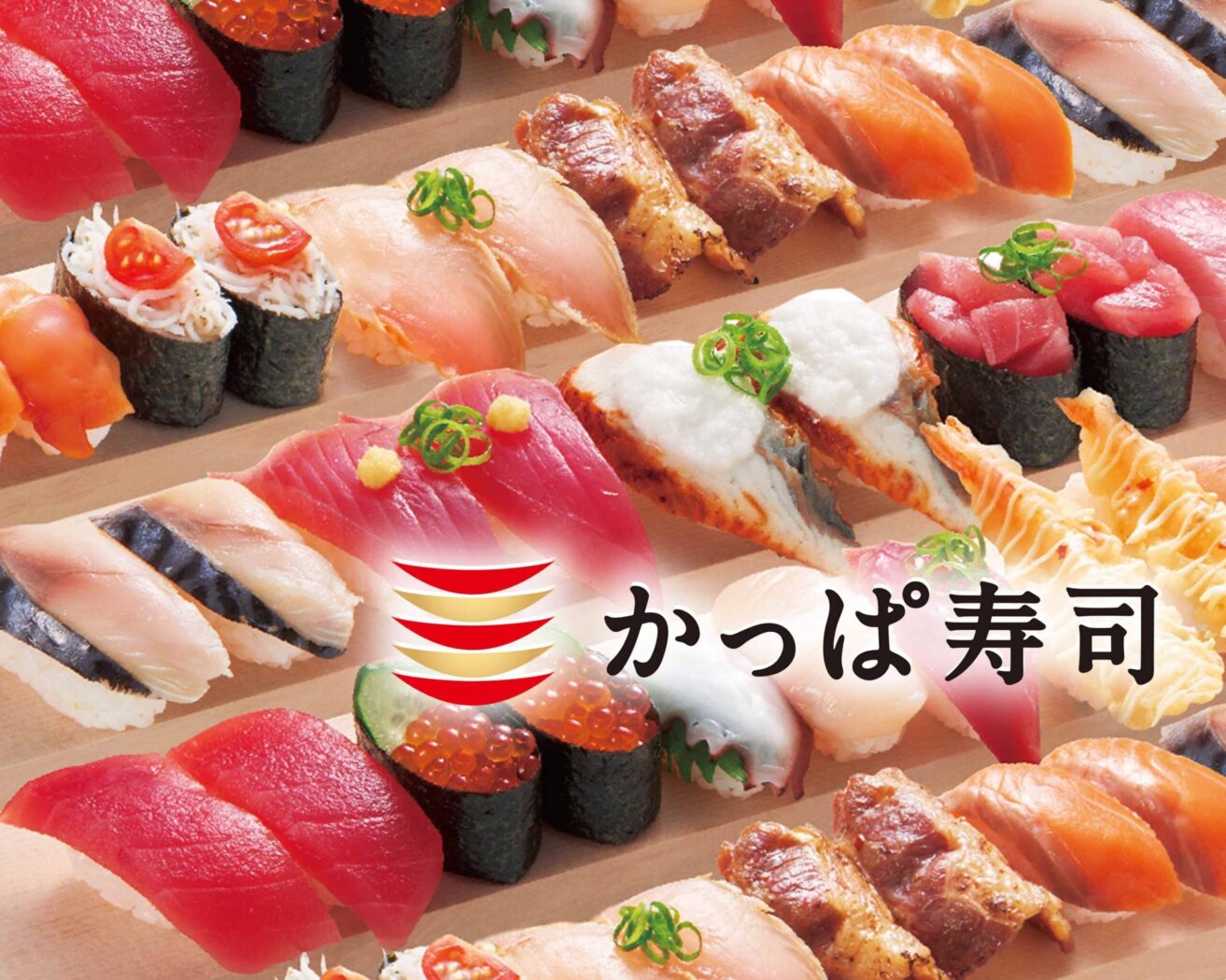
Kappa sushi Nitori Iwanuma
Sushi restaurant in Miyagi [SUSHILIVE comment]
Characteristics of Miyagi’s Cuisine
Miyagi: Embraced by the Sea and Mountains, Where History and Vitality Coexist
Facing the Pacific Ocean and surrounded by the mountains of the Ou range, Miyagi Prefecture is a region where diverse natural environments, rich historical culture, and vibrant economic activities coexist. The coastline features beautiful landscapes woven by ria coasts and sandy beaches, including Matsushima, one of the three most scenic spots in Japan, and many other scenic locations. In the mountainous areas, virgin forests of beech and maple spread, nurturing a rich natural environment.
Flourishing from ancient times as the center of Mutsu Province, the area retains a strong connection to the legacy of Date Masamune, with numerous historical sites and traditional cultures. Festivals like the Sendai Tanabata Festival, famous nationwide, add to the region’s vibrant culture.
Moreover, Miyagi has been making strong progress in the reconstruction from the Great East Japan Earthquake, playing an important role as an economic hub in the Tohoku region. Sendai, as the largest city in Tohoku, has seen development across a wide range of industries, including commerce, services, and manufacturing.
Recently, there has been a focus on accumulating cutting-edge industries like IT and biotechnology, moving towards a new stage of growth.
Miyagi Prefecture is a region full of charm, supported by the blessings of nature, historical culture, and the vitality of its people. It will continue to advance strongly on the path of reconstruction, aiming for a sustainable society.
The Glory of Mutsu and the Romance of Date Masamune
Enveloped by the Pacific Ocean and the Ou Mountains, Miyagi has thrived since ancient times as the center of Mutsu Province. Many historical sites, such as the ruins of Tagajo and Shiogama Shrine, evoke ancient romance.
During the Sengoku period, Date Masamune unified the Ou region and built Sendai Castle. The Sendai domain flourished throughout the Edo period, creating a unique culture and traditions.
The coastline features beautiful landscapes with ria coasts and sandy beaches, such as Matsushima. In the mountainous areas, virgin forests of beech and maple spread, fostering a rich natural environment.
This natural environment has been deeply involved in people’s lives since ancient times. The sea provides fresh seafood, while the mountains offer quality lumber and wild vegetables, supporting Miyagi’s food culture.
Miyagi Prefecture, where history and culture blend with nature’s blessings, is stepping into a new growth stage with a focus on accumulating advanced industries like IT and biotechnology.
The Cuisine of Miyagi: A Blend of Sea and Mountain Delights, History, and Culture
Blessed with the bounty of the sea and mountains, Miyagi Prefecture enjoys a rich culinary culture supported by diverse ingredients: fresh seafood from the Sanriku Coast, rice and vegetables cultivated in the Sendai Plain, and wild vegetables harvested in the mountains.
The Sendai domain under Date Masamune developed its unique food culture, with famous dishes like grilled beef tongue and Sasakama fish cake becoming nationally renowned.
Local cuisine includes Zunda mochi and oyster hotpot, each region offering dishes with distinct characteristics.
Miyagi has various dining options, from pubs serving seafood to restaurants offering traditional local cuisine. Tourist spots like Matsushima and Zao let visitors savor dishes made with local ingredients.
Miyagi’s food culture is a fusion of nature’s bounty with history and culture, offering a deep understanding of the region’s charm through its cuisine.
The Exquisite Sushi Culture Woven by Miyagi’s Sea and Land
Blessed with abundant marine and terrestrial resources, Miyagi’s sushi culture has developed uniquely. Fresh seafood from the Sanriku Coast is served in a style distinct from Edo-mae sushi, with specialties like fatty winter yellowtail and rich-tasting sea urchin standing out.
Miyagi, known for its rice, also shows dedication in sushi rice preparation, enhancing the flavor of the toppings with locally produced rice vinegar.
Traditional ingredients like Sasakama fish cake and Zunda are also utilized in sushi, creating inventive combinations unique to Miyagi.
In recent years, restaurants have been preserving traditional styles while incorporating modern twists.
Miyagi’s Delights: A Feast for the Senses
Fresh oysters from the Sanriku Coast, plump and bursting with rich flavor, are a winter delicacy best enjoyed in “Oyster Hotpot,” warming both body and soul.
Sendai beef, known for its tender quality and melt-in-the-mouth fat, offers a luxurious experience in steaks and Shabu-shabu.
Sendai Seri, a specialty of Natori City, adds a fragrant and crunchy texture to hotpots and garnishes, brightening winter meals.
Shiroishi’s Zaru Somen, associated with Date Masamune, delights with its smooth texture and refined taste, enjoyable as cold “Flowing Noodles” or in warm “Hot Pot Udon.”
Zunda mochi, a signature Miyagi confection made from edamame, captivates with its gentle sweetness and unique flavor.
Miyagi, with its rich array of seafood, mountain delicacies, agricultural blessings, traditional flavors, and signature sweets, continues to enchant visitors. Experience the profound flavors of Miyagi on your next visit.

